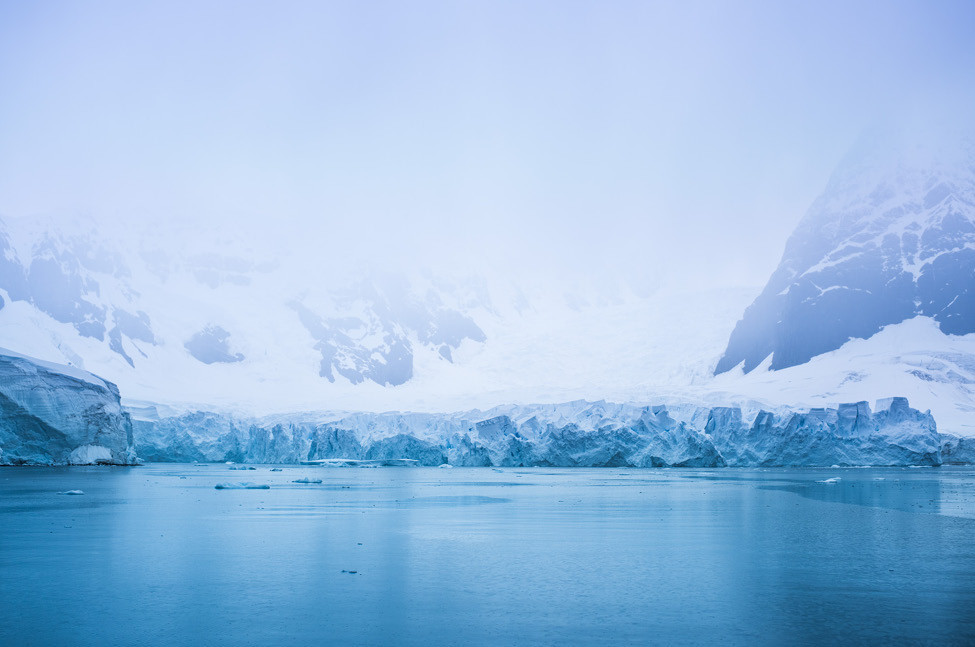Antarctica; the coldest continent on Earth. During summer the land is bathed in hours of sunlight, in winter you’d be lucky to see the sun for a few hours each day. Of the five hundred or so people that travel to the Australian Antarctic base each summer, only about 80 people stay through the winter. The harsh conditions, with temperatures regularly dropping to -40°C and wind speeds up to 300km/h make it very difficult to do anything outside during the darkness of Antarctic winter. It’s no surprise that most of the scientific sampling and data collection occurs in summer, leaving a serious gap in our knowledge about what happens over the winter months.
One thing which had remained a mystery for years is whether CO2 fixation occurs during winter. CO2fixation is the process of converting inorganic carbon from the atmosphere into a form which can be used by living organisms. This process is usually done by plants and algae using photosynthesis wherein atmospheric CO2 is converted to glucose. Photosynthesis can only occur in the presence of light; the energy of the photons is what drives the process. An ecosystem can survive without carbon fixation overnight, however when the dark lasts months as it does in Antarctica, the lack of carbon fixing can become an issue.
One of the most abundant organisms at the surface of the Antarctic ocean in summer is algae; carbon fixers during the summer months when there is near constant sunlight. Finding these organisms in the water was expected, it confirms that photosynthesis occurs in the summer months. However, the mystery still remained: what happened in the dark? Did carbon fixation stop altogether? Did something else grow which fixed the carbon instead?
It wasn’t until a few years ago that scientists stayed over winter to sample the surface of the ocean in the dark months. What they found was surprising; almost a third of the proteins detected in the seawater belonged to Crenarchaeota, an archaea normally found in the deep ocean and not present at all in the summer surface water samples. Crenarchaota is ubiquitous in the ocean, making up around 40% of the prokaryotic biomass in the dark ocean however it is rarely found near the surface of the ocean where sunlight normally penetrates. From the metaproteomic analysis – a method of analysing and identifying proteins present in a sample – several proteins involved in uptake and oxidation of ammonia were identified, which provided hints into what Crenarchaota was doing in the dark. Whilst most carbon-fixing organisms use photosynthesis as the energy source to drive the reaction, there are other ways to get the energy needed to fix carbon. One such method involves oxidising ammonia, using the chemical process to create energy rather than relying on photons. With Crenarchaota using ammonia-oxidation, it would explain how carbon fixation continues to occur through the winter months in the darkness.
What other things lurk in the dark? What new and novel processes are yet to be discovered? This chemical driven carbon-fixation was an unexpected finding and a demonstration of the many things still unknown in extreme environments and how much discovery is still left for new generations of microbiologists.
Written by Emma Harding

No comments:
Post a Comment